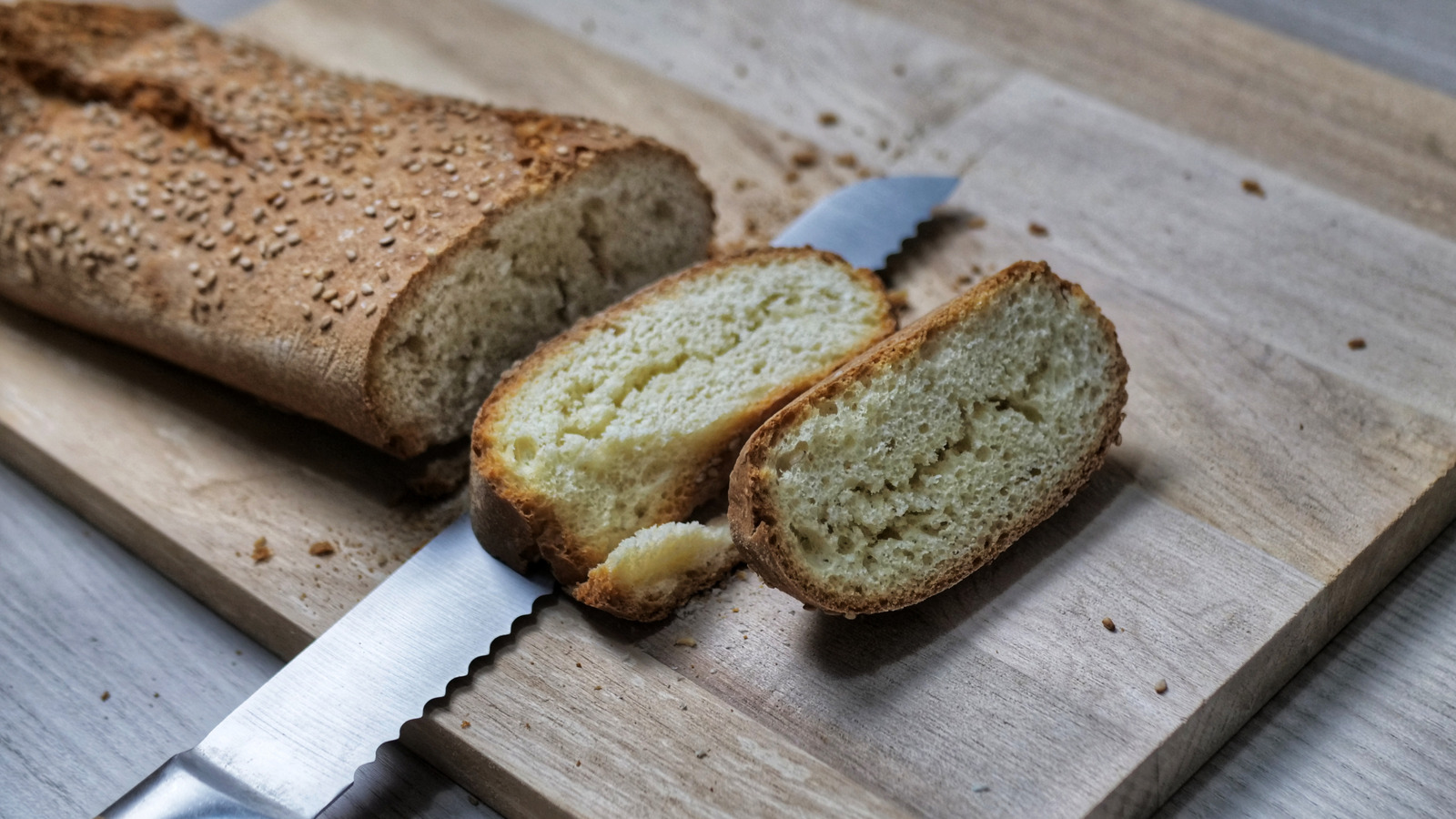
"Sharpening your knives is a great way to keep them in prime condition. Over time, however, even the very best knives can become dull and dangerous. But what about serrated knives? They're often forgotten about, and you may not realize that they need to be sharpened and honed, too. Your usual electric sharpening tool won't cut it if you want to keep your cuts clean for delicate tasks like slicing crusty bread and ripe tomatoes. So what will?"
"A honing rod is truly a tool of the trade, keeping your knives sharp. While they are available in a variety of different materials, such as diamond-crusted steel, stainless steel, or ceramic, for serrated knives, a traditional stainless steel rod will not provide enough sharpening power. So, it's recommended to opt for a diamond or ceramic version with a fine grit."
"Since the serrations are a bit different from a chef's knife (or any knife with a sharp, straight blade), ceramic and diamond rods are strong enough to sharpen individual serrations, restoring your knife to its original sharpness. When selecting your honing rod, depending on the size of your knife, make sure it can fit into each serration sufficiently to produce a burr - a small curl of metal that indicates reground and sharpened serrations."
Serrated knives become dull and can be dangerous and require sharpening and honing like other knives. Electric sharpeners and traditional stainless-steel rods generally fail to adequately sharpen serrations. Diamond- or ceramic-coated honing rods with fine grit are recommended because they are strong enough to sharpen individual serrations and restore original sharpness. Serrations are typically ground into one beveled side, so selecting a tapered rod that fits each serration is important. Proper fit allows the creation of a burr, a small curl of metal that indicates reground and sharpened serrations. A large ceramic rod can suffice for minor touch-ups.
Read at Tasting Table
Unable to calculate read time
Collection
[
|
...
]